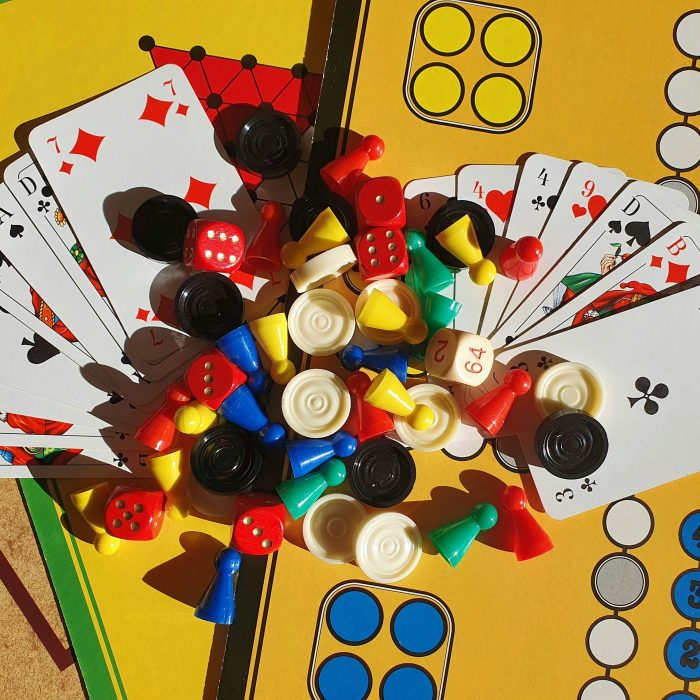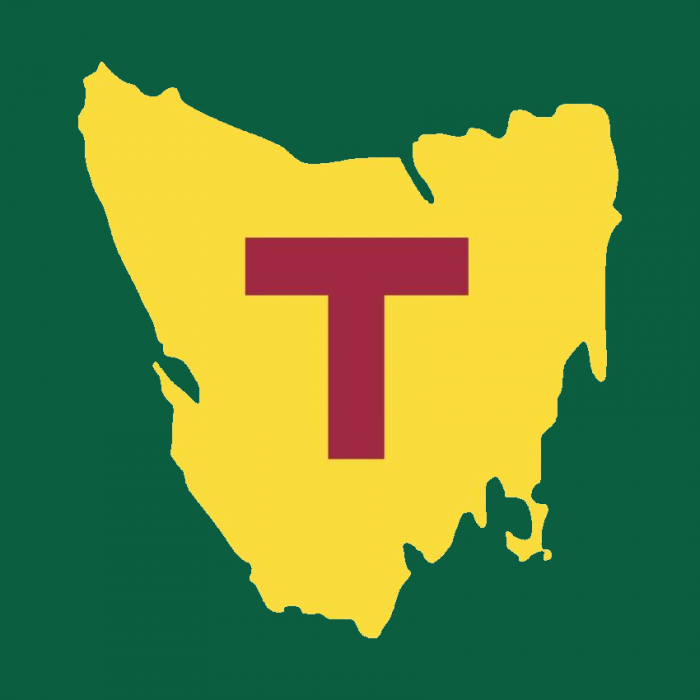You’re a wealthy Dutch merchant living in Amsterdam in 1635. You earn 1800 guilders a year: well above average. You’ve got a few spare guilders lying around and decide you’d like to invest. Maybe you’ll buy some tulips? The boys at the inn have been on about those. You make some enquiries of your broker.
“Let’s start small. How much will a single tulip bulb set me back?”
“Depending on quality and colour, between 5000 and 10,000 guilders.”
“What?!”
“Hey, I’m just the messenger. The market is super hot right now.”
“I could buy a mansion on the Grand Canal for the same price!”
“You could.”
[Long pause].
“Three bulbs, please”.
Much has been written about Tulipmania, Holland’s infamous tulip boom and bust that took place in the 17th century. Other examples – including the Japanese real estate crisis, Dotcom bubble and Beanie Babies boom-and-bust – all serve as parables for the risks of speculative investment. A popular theory is that our current obsession with cryptocurrencies, NFTs and other digital assets traded in virtual environments is just the latest in a long line of cautionary market tales. The expectation is that virtual goods and services will one day go the way of the tulip, ending in tears when the value of these virtual commodities plummets.
NFTs won’t necessarily go extinct (tulips are still around, after all), but we’ll cease having to gawk at the eyewatering prices we’ve been seeing in recent years. Indeed, some commentators are saying the NFT bust has already come and gone.
You might be a skeptic; you might be a devotee. You might think NFTs are a permanent fixture; you might reckon they’re a flash in the economic pan. Either way, if you’re a brand owner experimenting in this space, there could be value in bostering your existing trade mark protection. As it stands, your portfolio might not cover digital goods and services or activities undertaken in virtual environments.
IP Australia has issued a Guidance Document for trade mark applicants in this space. You can download the full document here, but here are the highlights:
- Virtual goods belong in class 9 because they’re data. This is consistent with the approach of the EUIPO.
- The retailing of virtual goods belongs in class 35. It’s still an online retailing service.
- You can’t claim “virtual goods”. You need to be more specific. For instance: “downloadable virtual sunglasses”.
- For NFTs (which aren’t goods or services but means of certification), classify according to the applicable good or service class. For instance:
- Class 9: Downloadable digital image files authenticated by non-fungible tokens (NFTs).
- Class 14: Jewellery authenticated by non-fungible tokens (NFTs).
- Class 30: Chocolate milk-based beverages authenticated by non-fungible tokens (NFTs).
- Class 35: Online retail services relating to downloadable digital music files authenticated by non-fungible tokens (NFTs).
- Class 42: Providing online non-downloadable computer software for minting non-fungible tokens (NFTs).
- The correct classification of other (non-retailing) services in virtual environments depends on how closely the provision of those services mirrors their provision in the real world.
- The provision of banking services involving the actual transmission of funds remains a class 36 service.
- There’s no steaming bowl of spaghetti carbonara delivered to your avatar in a virtual restaurant. So that’s a class 41 entertainment service, not a class 43 hospitality service.
- Similarly, if you take a simulated cruise to the Caribbean, you don’t physically get transported anywhere. So it’s a class 41 entertainment service, not a class 39 transportation service.
This is IP Australia’s first attempt to explicitly outline its classification policies in respect of virtual goods and services. Thankfully, IP Australia’s practices broadly align with those of major overseas markets including the US and Europe.
More to come.






